Story at a glance:
- The Stantec-designed Seattle Veterans Affairs Mental Health and Research Building has three green roofs, but that’s not all of its sustainable features.
- Some of the building’s windows are operable to provide natural ventilation and fresh air for residents.
- Daylighting was a key design element, as sunlight pours through the building, thanks to the project’s strong glass facade.
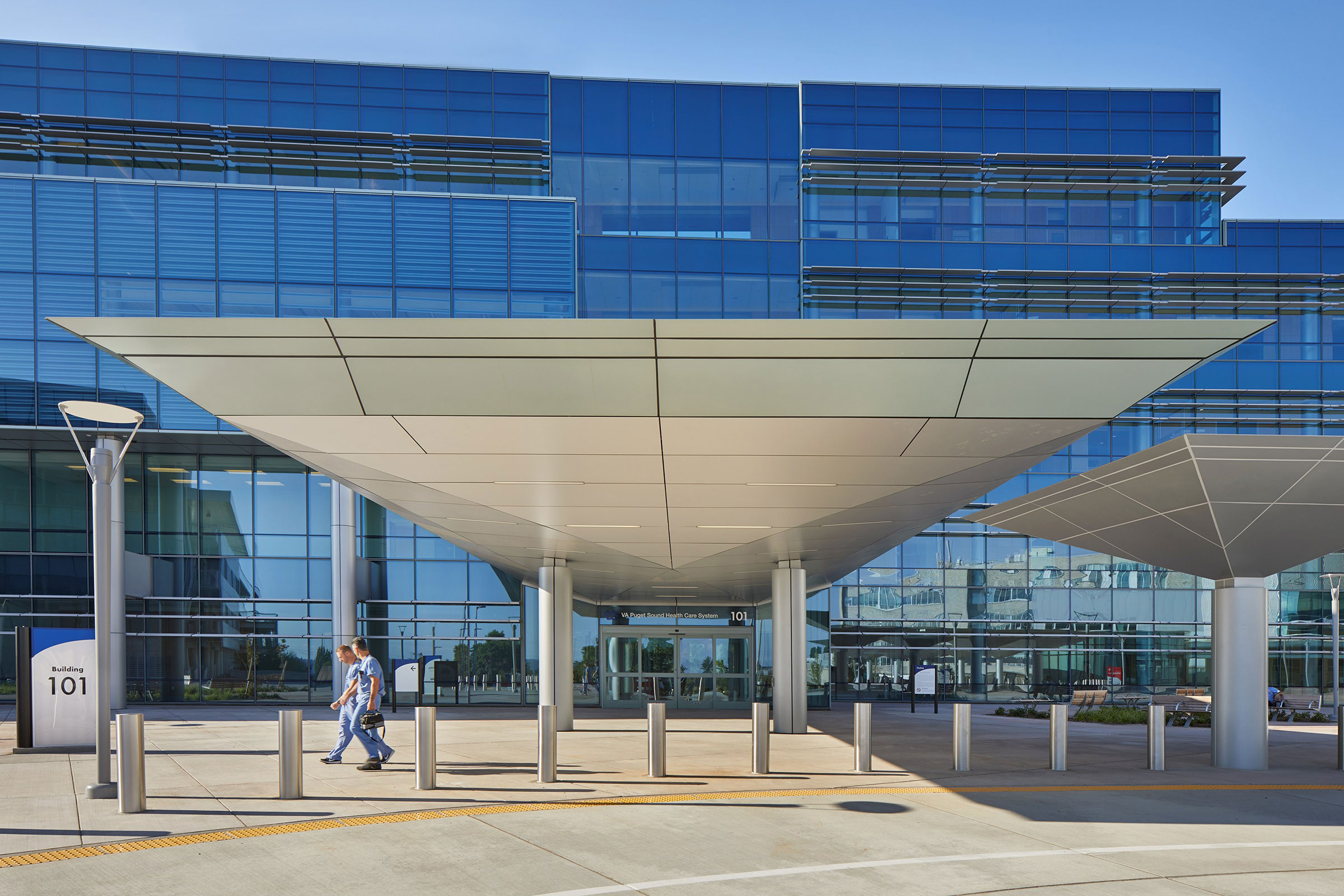
Photo by Ben Benschneider
Things certainly do change in a decade, and no one knows that quite like Stantec, who spent 10 years working on the Seattle Veterans Affairs Mental Health and Research Building.
But throughout the process, one thing remained constant even as user needs and sustainability expectations shifted—supporting veterans.
The US Department of Veterans Affairs (VA) helps more than 110,000 veterans at their nine facilities in the Pacific Northwest, and their newest location in Seattle shares in the mission of supporting those who have served our country.
Stantec and the team of architects, interior designers, and mechanical and electrical engineers created the Mental Health and Research Building to connect veterans to the environment in every element of their design possible.
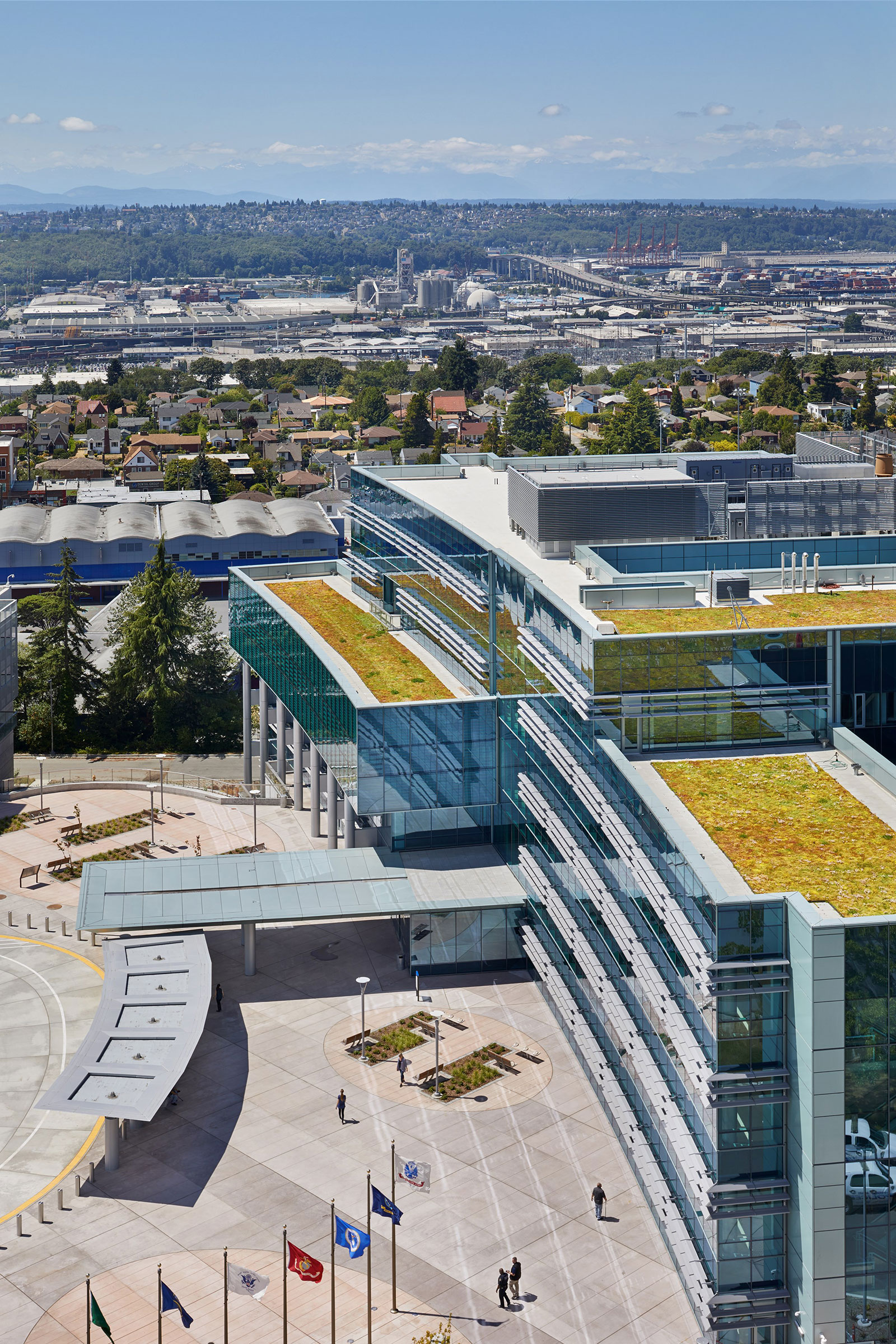
Photo by Ben Benschneider
The project broke ground in 2009 and involved three construction contractors. Throughout the process, Stantec worked closely with The Design Partnership, who contributed knowledge around how the infrastructure would accommodate the facility’s medical and mental health equipment.
Stantec designed the mental health building from meetings they had now nearly a decade ago, and they started the structure’s two-and-a-half-year construction in 2015. In that time user needs changed, and some of that had to be reflected in construction.
But user needs weren’t the only thing that shifted. “Sustainability design changes. What was innovative three years ago is standard now,” says Ian Lawlor, project director at Stantec, of now common-practice features like green roofs and solar panels.

Photo by Ben Benschneider
The building’s three green roofs are just one of the project’s sustainable water-use features.
While these gardens are visually pleasing for residents, the water is also gathered and re-used for flushing the building’s systems.
The green roofs also work to absorb heat, rather than put it back into the atmosphere.

Photo by Ben Benschneider
Water is also reused to foster native plant growth.
“In the landscape out on the site there are bioswales and various means of dumping the water into the landscape, rather than sending it into storm drains and making it Seattle’s issue,” Lawlor says. “We use very efficient irrigation systems to reduce the amount of water that we’re spreading into the landscape.”
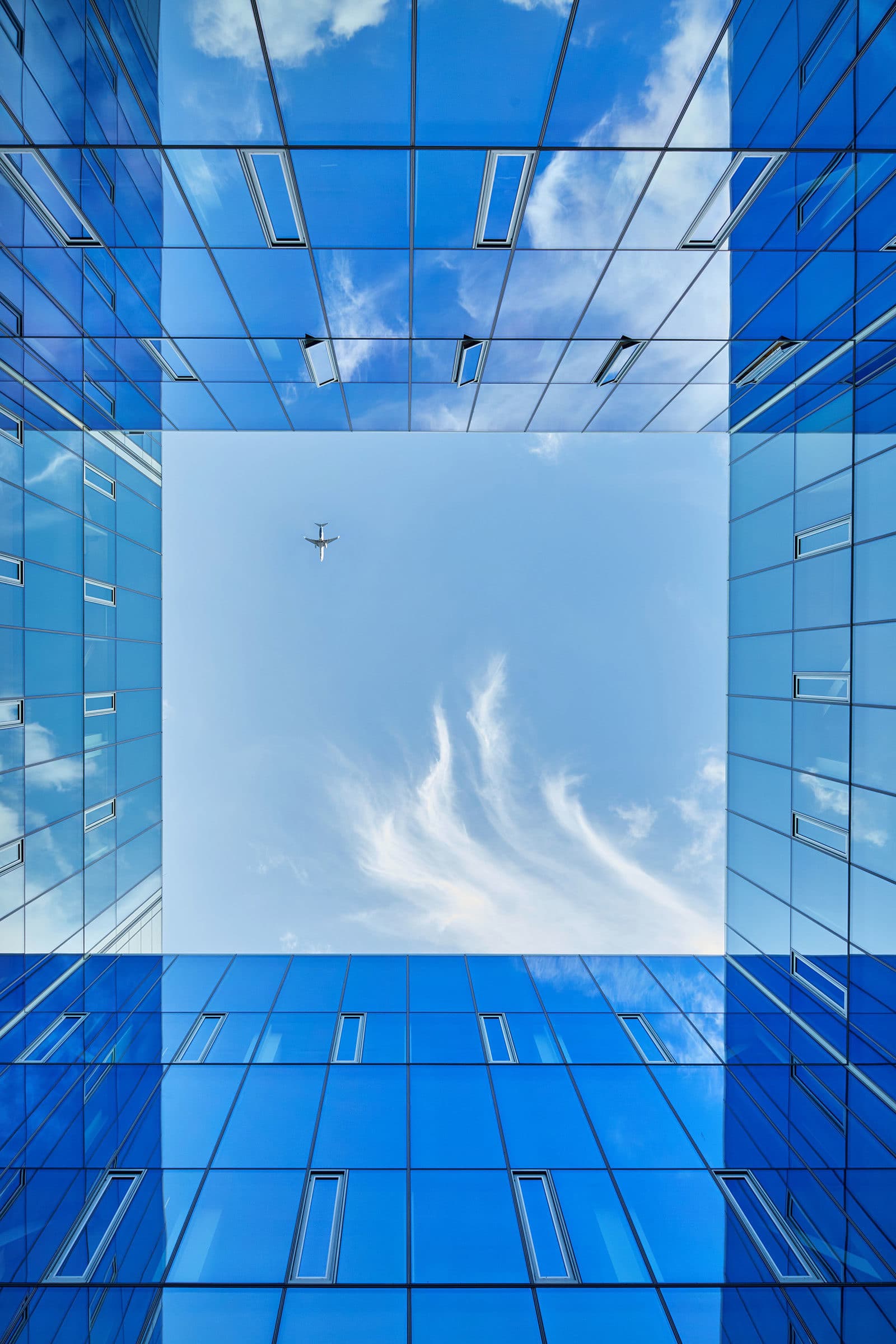
Photo by Ben Benschneider
Sunlight pours through the building’s strong glass facade, providing ample daylight inside and welcoming those who come and go from the outpatient facility.
Stantec designed the main entry drive, drop-off plaza, and parking structure to eliminate confusion in entering and navigating the large building, as well as to maximize accessibility.
“There is a large component of the parking structure that’s underground to enable the veterans, specifically those who have accessibility needs, to get as close as possible to the buildings and be protected from the weather,” Lawlor says.
There are also covered walkways to protect them from the weather. This approachable and accessible design continues throughout the facility.
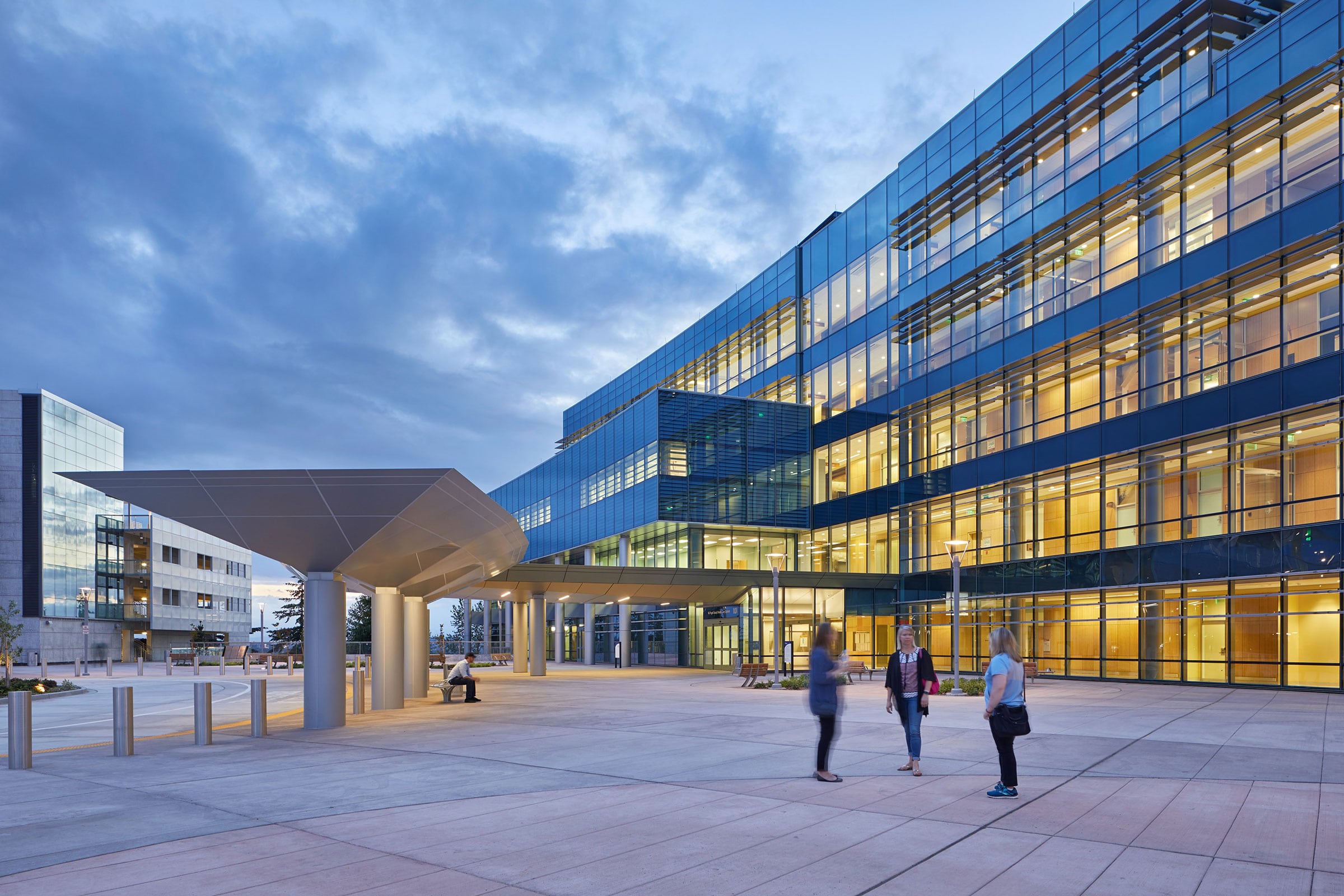
Photo by Ben Benschneider
“Health care facilities often like to control their mechanical systems, so they don’t allow windows to be opened,” Lawlor says.
Though not all the facility’s windows are operable for safety reasons, those that are operable open the building to natural ventilation and fresh air for residents.
“You’re not only getting daylight, you’re getting air circulation on a passive level,” Lawlor says. “Our approach is one of passive first, active second.”
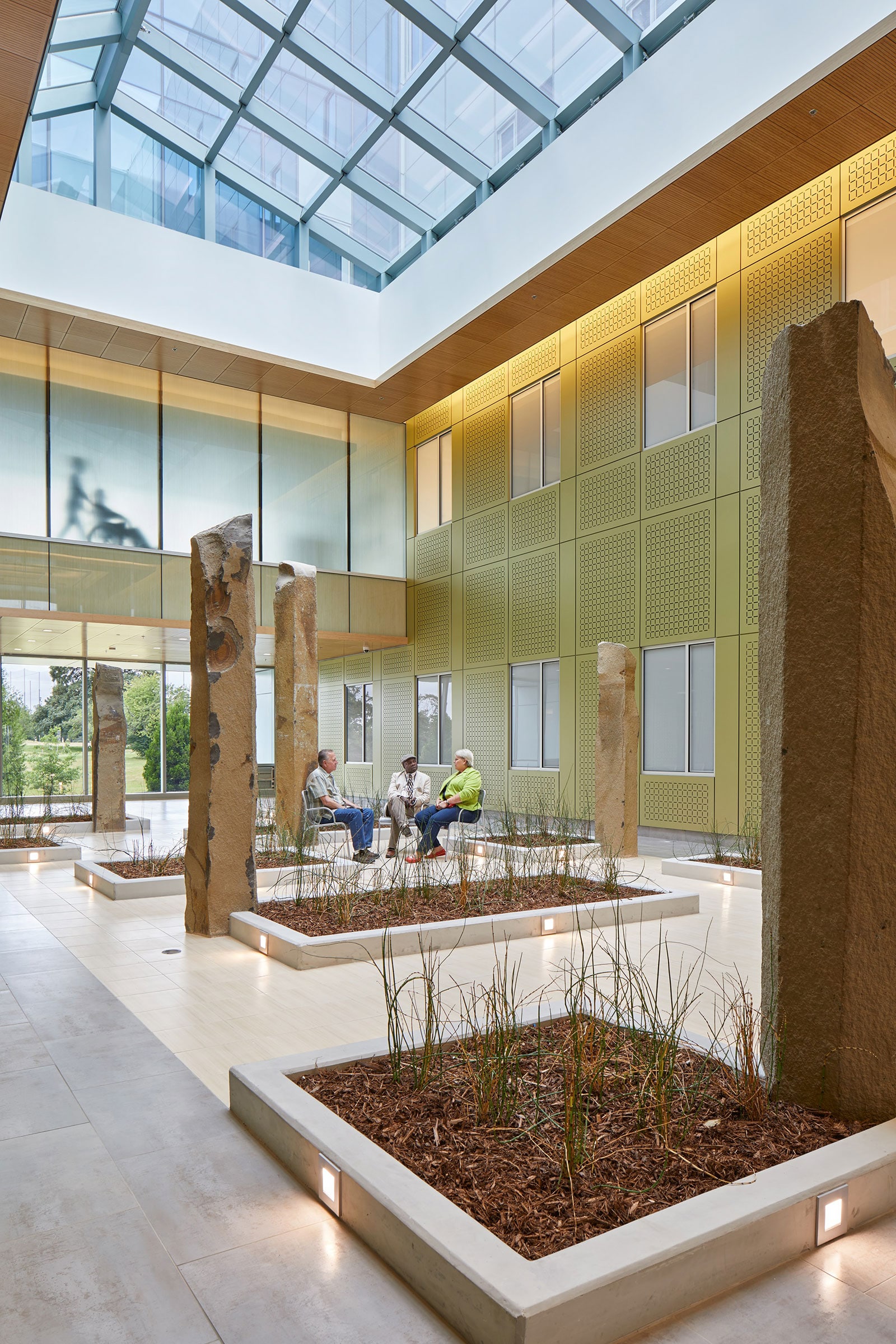
Photo by Ben Benschneider
Project Credits
Project name: Seattle Veterans Affairs Mental Health and Research Building
Location: Seattle
Completion: March 2019
Size: 220,000 square feet
Cost: $121.6 million
Architects: Stantec, The Design Partnership
Contractor: The US Department of Veterans Affairs
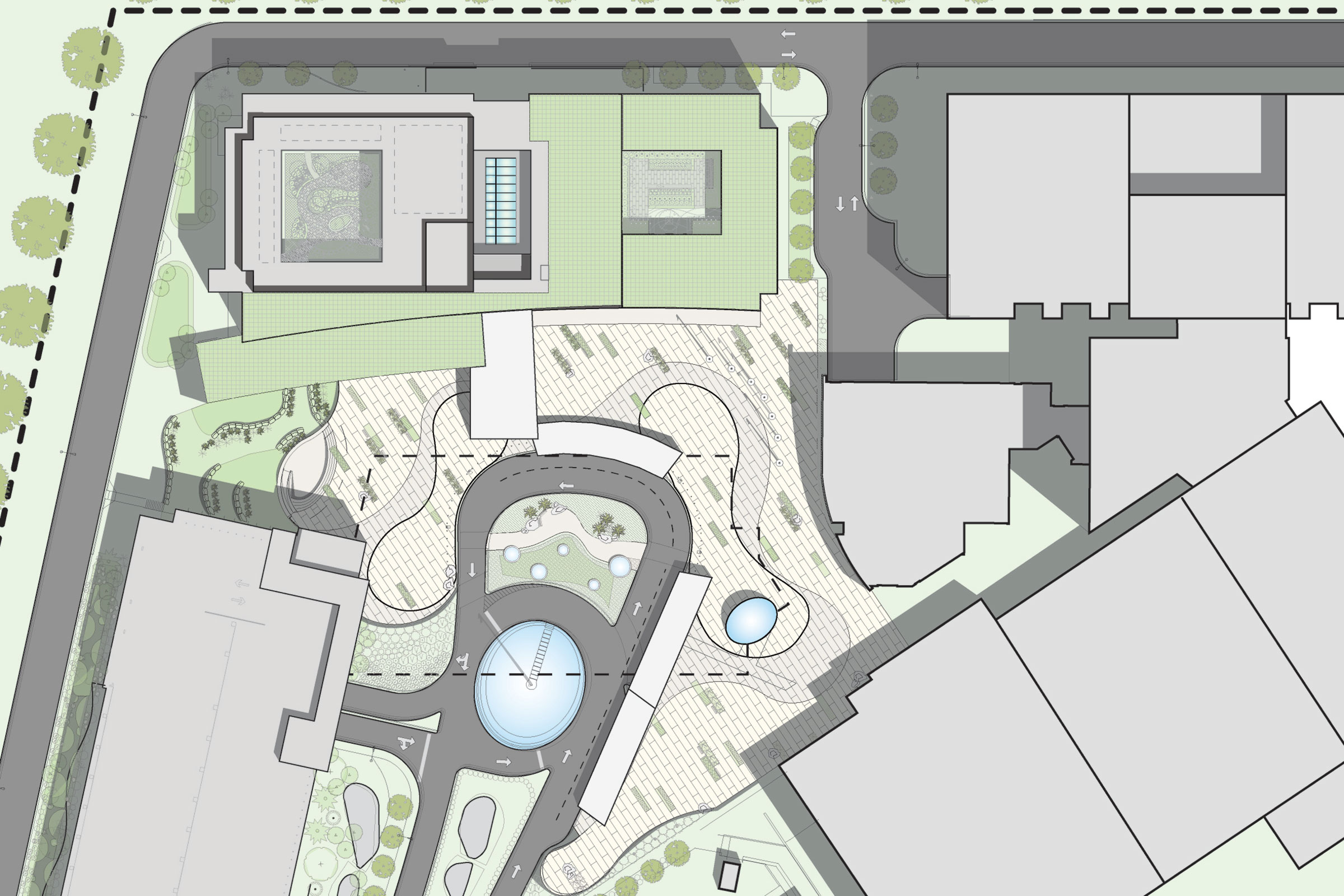
Courtesy of Stantec

